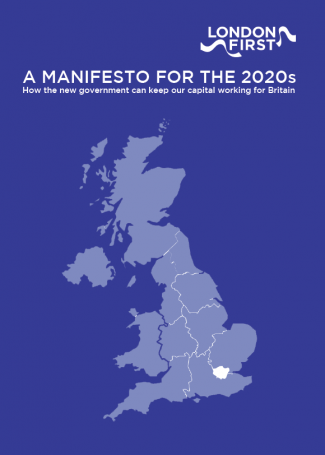
Delivering the Workforce of Tomorrow — Boosting England’s business-led apprenticeship system
Joint report between London First and the North West Business Leadership Team, focusing on practical asks to change the Apprenticeship system.
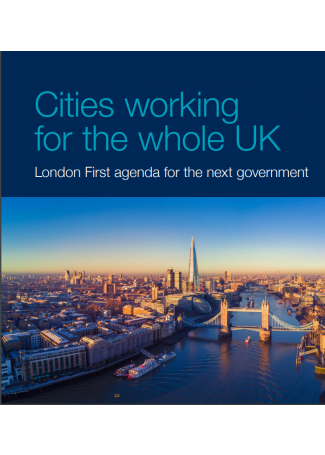
London First agenda for the next government
Cities working for the whole UK London First agenda for the next government
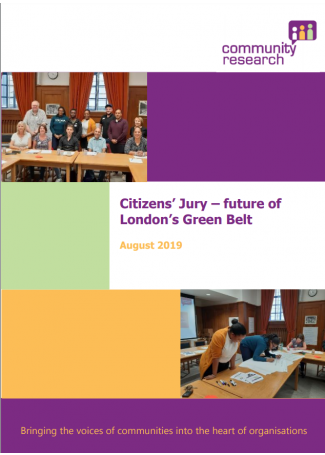
Citizen’s Jury — the future of London’s green belt
An independent Citizens’ Jury of Londoners votes 11 – 1 in favour of reviewing London’s Green Belt to help build affordable homes.
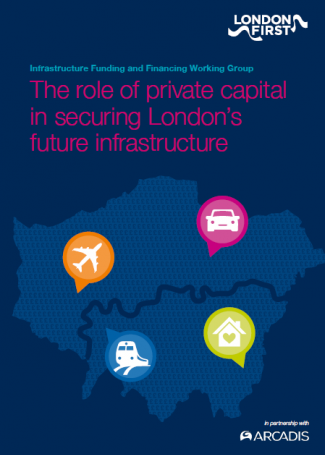
The role of private capital in securing London’s future infrastructure
Infrastructure Funding and Financing Working Group report
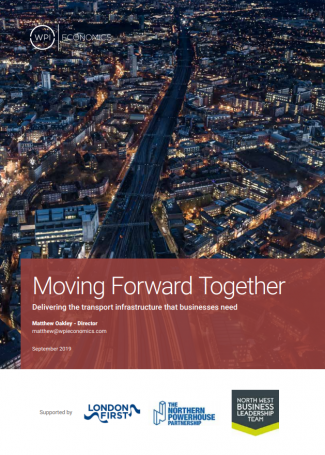
Moving Forward Together
Businesses across the country know the value of good transport infrastructure. But the UK does not have a strong track record. As this report notes, we have lagged behind our international competitors for much of the last 25 years. If we are serious about confronting the challenges of productivity, the environment, and reuniting the country, then we must address the systemic underinvestment in the UK’s transport infrastructure. A report with WPI Economics
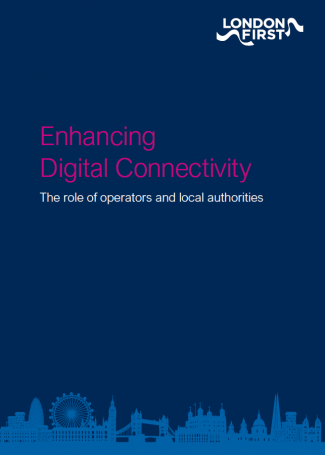
Enhancing Digital Connectivity
Access to ubiquitous, reliable, high-speed data at work, at home and on the move is critical for London’s continued success as a global business hub.

Tourist Information
‘Tourist Information: Mapping the local value of international visitors’, from London First and EY, based on insights from Mastercard and Airbnb data, reveals that £2.8bn is being spent each year around TfL fare zones 2 – 3, in a “halo zone” of boroughs including Tower Hamlets, Islington, Camden, Greenwich and Hackney.
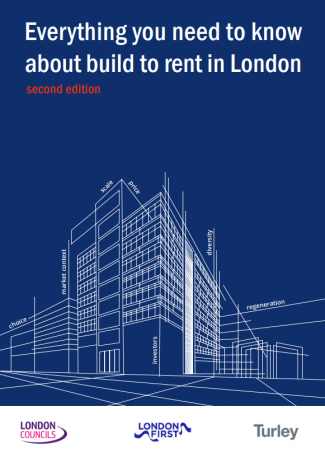
Everything you need to know about build to rent in London — second edition
This report – the second edition – provides an updated overview of why build to rent is relevant to housing in London, the benefits it can bring, and an explanation of key issues that boroughs need to consider when thinking about build to rent in their local areas.

Business Brexit Survey
Our Business Brexit Survey, finds that out of 850 senior business leaders, only 2 in 5 businesses feel well prepared for Brexit.
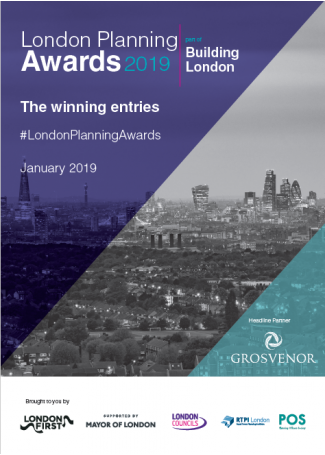
London Planning Awards — The winning entries
The winning entries from the 2019 London Planning Awards — held at the National Gallery.

Global Britain — A fair and managed immigration system fit for the post-Brexit economy
Global Britain- a fair and managed immigration system fit for the post-Brexit economy. A London First and PwC report.
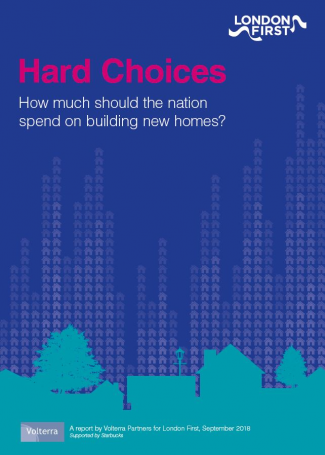
Hard Choices — How much should the nation spend on building new homes?
A £20 billion ‘brick wall’ stands in the way of the government’s ambition to deliver its promise of building 300,000 homes a year in England, according to a new report for London First by leading economics consultancy Volterra.

Roadmap to 5G
For London to lead the digital revolution it needs fast, reliable, and universal mobile and broadband connectivity. London First and Mobile UK, with the help and expertise of Gowling WLC, have come together to explore how to improve digital roll-out in London. We have focused on setting out what operators, London’s government and boroughs need to do improve digital connectivity

Paying for Crossrail 2
London can meet the government’s challenge to pay half the cost of Crossrail 2, and for funds to be raised during construction. This Proposal follows backing from National Infrastructure Commission for Crossrail 2 to go ahead.
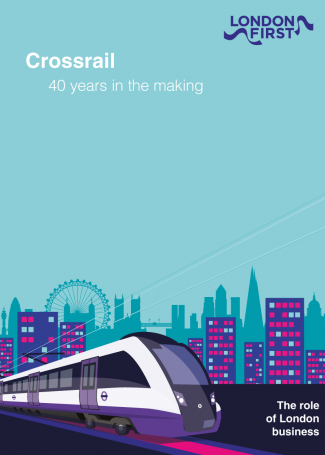
Crossrail — 40 Years in the Making
The significance of the Elizabeth line will quickly be taken for granted by commuters racing to and from the office and visitors to London but it stands as a permanent reminder of what a world city can – and should – do if consensus is built to galvanise mere ambition.
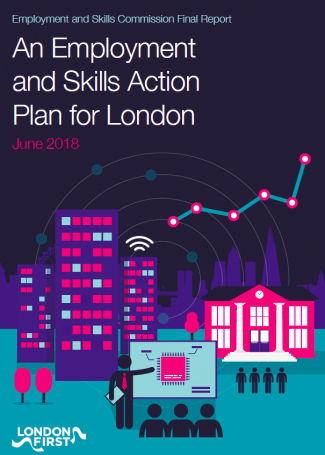
An Employment and Skills Action Plan for London
For the first time, business leaders across London’s sectors have come together to analyse detailed evidence on current and future labour market challenges and put in place a
comprehensive and cross-cutting Employment and Skills Action Plan for London.
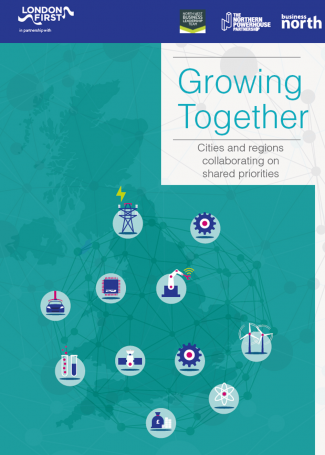
Growing Together — Cities and regions collaborating on shared priorities
The UK’s cities and regions compete fiercely for jobs and investment. But they also collaborate widely, taking advantage of clusters of industry excellence. Four business groups are committing to work more closely with each other to ensure the regions are better connected, share learning and grow together post-Brexit.
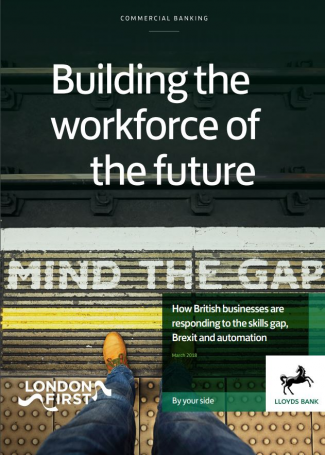
LloydsWorkforceSurvey

No time to Waste — keeping London’s airports connected in a post-Brexit world
This report describes the key steps London First believes are necessary to make the most of our existing airport capacity, improve access to it and passengers’ experience of it, and in so doing further grow London and the UK’s ability to interact globally.
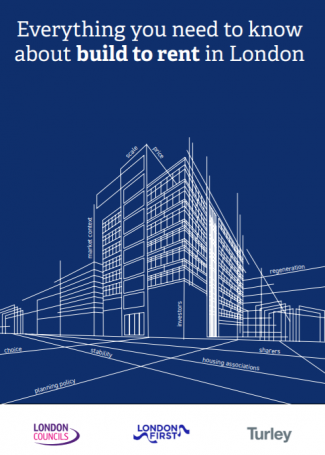
Everything you need to know about build to rent in London
This report provides an overview of why build to rent is relevant to London and the many housing challenges the city faces, the benefits that such development can bring such as helping to increase housing supply, and an explanation of key issues that boroughs will need to consider when thinking about build to rent schemes in their areas.
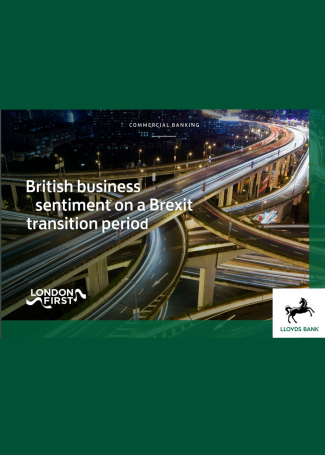
Lloyds Brexit Transition Survey
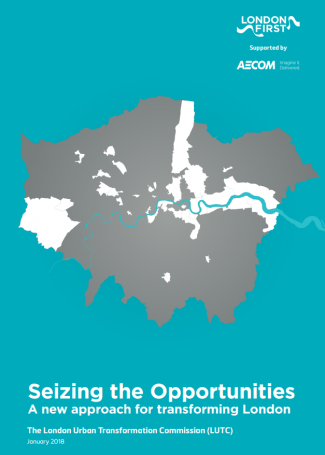
Seizing the Opportunities- a new approach for transforming London
We have brought together practitioners and consulted widely to consider why London has struggled to transform many of its Opportunity Areas and similar locations into productive places. We identify what is needed to help accelerate progress to create great places to live and work, at pace, volume, quality and affordability for the long-term success of London.

Not just a pretty place — placemaking study 2017
Successful development is not simply a matter of building more homes and offices, and regeneration cannot be best imposed from above. This placemaking study summarises the views of London’s business community, in a series of recommendations based on collective experience and case studies.
